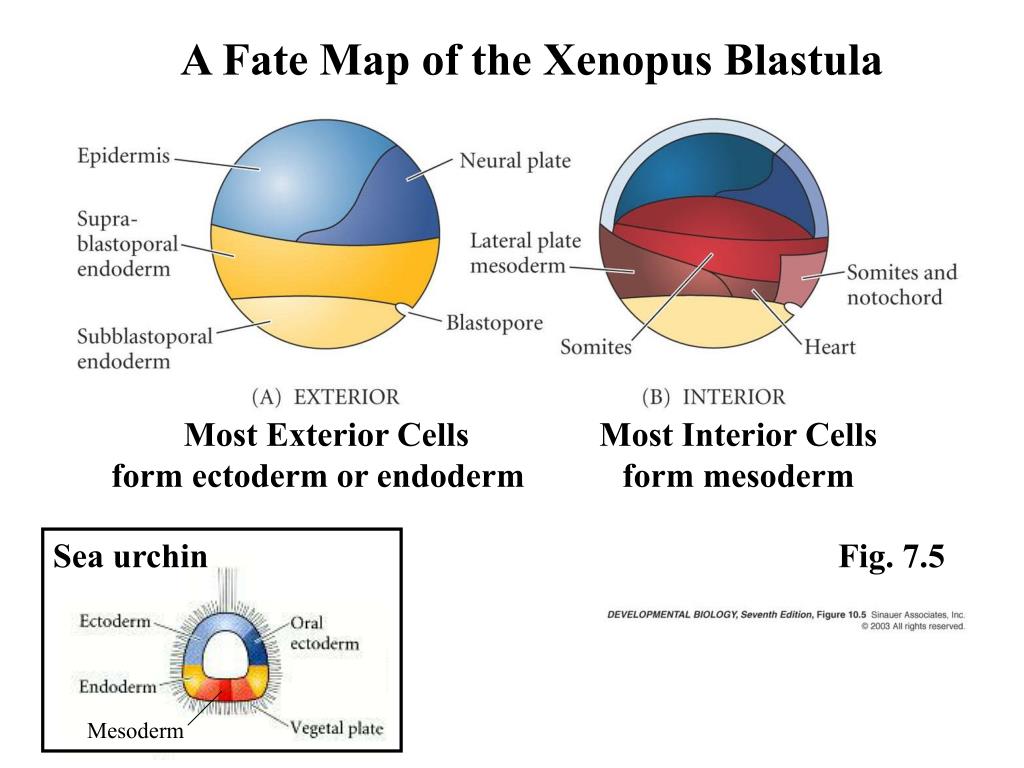

This suggests the deuterostome branch is very short or non-existent. While protostomes as a monophyletic group has strong support, research have shown that deuterostomes may be paraphyletic, and what was once considered traits of deuterostomes could instead be traits of the last common bilaterian ancestor. The phylum Chaetognatha (arrow worms) may belong here, but molecular studies have placed them in the protostomes more often. However, Superphylum Deuterostomia was redefined in 1995 based on DNA molecular sequence analyses when the lophophorates were removed from it and combined with other protostome animals to form superphylum Lophotrochozoa. Initially, Deuterostomia included the phyla Brachiopoda, Bryozoa, Chaetognatha, and Phoronida based on morphological and embryological characteristics. Together with Protostomia and their out-group Xenacoelomorpha, these compose the Bilateria, animals with bilateral symmetry and three germ layers. The three major clades of deuterostomes are Chordata (e.g. This group is also known as enterocoelomates, because their coelom develops through enterocoely. This was initially the group's distinguishing characteristic, but deuterostomy has since been discovered among protostomes as well. In deuterostomy, the developing embryo's first opening (the blastopore) becomes the anus, while the mouth is formed at a different site later on.

Some examples of deuterostomes include vertebrates (and thus humans), sea stars, and crinoids. The group's sister clade is Protostomia, animals whose digestive tract development is more varied. 'second mouth' in Greek) are animals typically characterized by their anus forming before their mouth during embryonic development. Deuterostomia ( / ˌ dj uː t ər ə ˈ s t oʊ m i.


 0 kommentar(er)
0 kommentar(er)
